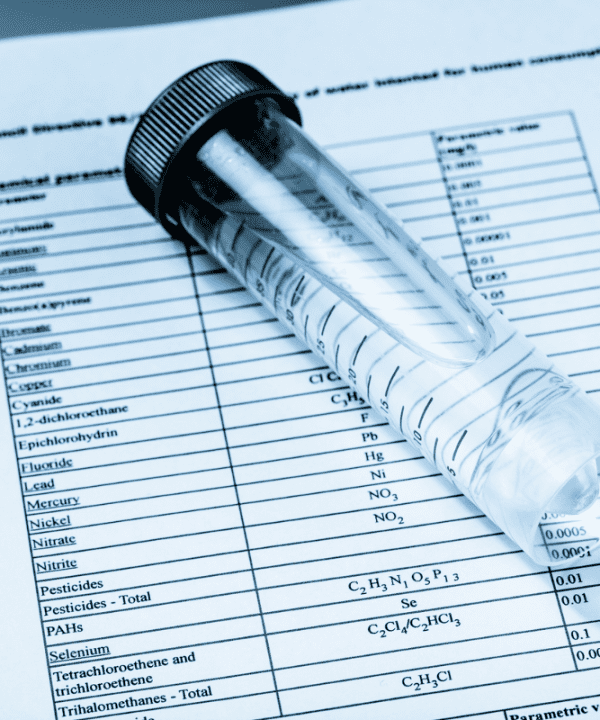
PROJECT DETAILS
- Project No 1007
- Project Name Methods for Measuring Toxins in Finished Waters
- Lead Organisation SA Water
- Research Lead AWQC
- Main Researcher Andrew Humpage
- Completion Year 2010
Project Description
It is prohibitively expensive and time-consuming to monitor drinking water by individually quantifying every possible polluting contaminant. Instead, living cells can be cultured in samples of the test water and if one or more toxic contaminants are present the cells die. Less toxic, more subtle effects can also be measured, for example, a toxicity test that uses cells collected (decades ago) from one monkey kidney, quantifies cell death but also measures the amount of protein made by each live monkey kidney cell. The problem with this, and other toxicity tests, is that chlorine disinfectants and harmless low levels of other substances, such as aluminium or copper, which occur naturally in water, can sometimes have inhibitory effects on the ‘bare’ cells that are often more sensitive when cultured inside laboratory culture vessels than when they were in a normal situation within a body. This research identified commonly used toxicity tests that are not affected by disinfectants or naturally occurring harmless substances, and also worked out some solutions that quench disinfectants and allow cost-effective and useful cell-based toxicity tests to be used to monitor the safety and quality of drinking water.
This paper discusses various water quality risk management techniques and proposes a step-by-step catchment risk assessment methodology that is compatible with the Australian Drinking Water Guidelines.





